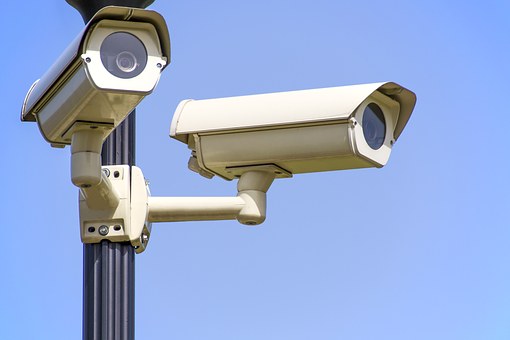Top 10 Trends in Video Surveillance in 2017
The rise in safety and security concerns have prompted many organizations to invest in video surveillance technology. A 2016 Capital One survey reported that than just over half (52 percent) of security professionals see video surveillance as the technology trend that will have the biggest impact on their businesses.
John Robuck, Capital One’s Managing Director of Security Finance stated, “Video surveillance technology, along with interconnected devices, are revolutionizing the industry and delivering more sophisticated data and analytics to security companies, allowing them to update their security processes and refine their business strategies.”
Video surveillance can improve employee productivity, resolve conflicts, improve safety, monitor access controls and ultimately save your organization money. While privacy issues remain a concern, many organizations have decided that the benefits derived from the adoption of video surveillance overcome any objections.
Should you invest in or upgrade the video surveillance at your organization? Here are the top 10 trends from IHS to be aware of in 2017:
- It is more important than ever to pay attention to the cybersecurity implications of video surveillance devices.
In fall of 2016, surveillance cameras played a major role in a DDoS attack that deployed Mirai botnets. Now vendors must exercise best practices for cybersecurity. Josh Woodhouse of IHS Markit says, “We expect the industry as a whole to take a more proactive approach to cybersecurity this year – better end-user/integrator education, best practice guides, reference architectures and certifications will be increasingly used by video surveillance vendors.”
- We can expect improvements in image quality and machine intelligence.
Video surveillance technology is rapidly improving, and more users will be able to take advantage of this technology that was once considered only for the high-end. In particular, deep learning will take off and facial recognition is vastly improved.
- Improvements in functionality will be driven by software.
Most improvements will be software-driven as opposed to hardware-driven. Again, deep learning, as well as, Video Content Analysis (VCA) will play a major role.
- Enterprise-level technology will become increasingly available to private users and small businesses.
With increased price competition, access to video surveillance technology has improved especially for small businesses and private homeowners.
- Devices will become more interconnected and therefore “smarter.”
As part of the IoT movement, video cameras will become increasingly connected to non-security applications, resulting in smarter homes, businesses, and public spaces.
- Bandwidth-saving technologies will expand.
Usage of H.265 and other technologies that save bandwidth will become increasingly utilized. However, H.264 is likely to remain the standard codec in 2017.
- Demand for security drones will continue to grow.
2016 saw an increase in video surveillance technology utilized by both flying and ground-based drones. This trend will accelerate in 2017. Security drones provide an elegant security solution for companies with large facilities and airports among others.
- HD CTTV will continue to be in high demand in many countries.
Many of the traditional barriers to HD CTTV technology are being addressed by technological gains. As a result, HD CTTV cameras and recording devices will increase throughout much of the world.
- Cities will become safer and smarter thanks to CTTV.
City governments will make greater use of CTTV, allowing cities to be both safer and smarter. For example, CTTV can be used to detect potential threats and deploy an emergency response team quickly.
- VMS user interfaces will evolve.
VMS user interfaces are becoming more user-friendly all the time. Thanks to AI bots that can automate tasks, usability will continue to improve.
Integrating video surveillance into your existing systems needs to be addressed from a holistic view of your entire infrastructure. If video surveillance is something you are interested in for your company, you can contact us here for a free network assesment.